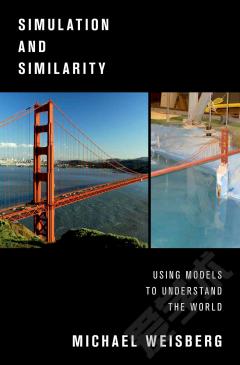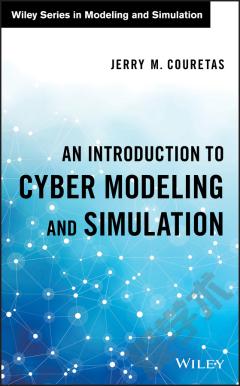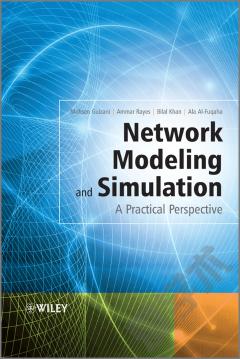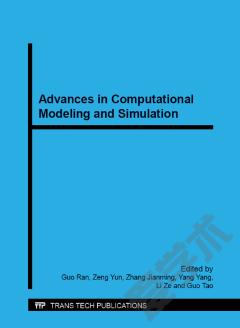Simulation and Similarity —— Using Models to Understand the World
----- 模仿与相似性:使用模型理解世界
Contents Preface 1 Introduction 1.1 Two Aquatic Puzzles 1.2 Models of Modeling 2 Three Kinds of Models 2.1 Concrete Model: The San Francisco Bay-Delta Model 2.2 Mathematical Model: Lotka-Volterra Model 2.3 Computational Model: Schelling's Segregation Model 2.4 Common Features of these Models 2.5 Only Three Types of Models? 2.6 Fewer Than Three Types of Model? 3 The Anatomy of Models: Structure & Construal 3.1 Structure 3.1.1 Concrete Structures 3.1.2 Mathematical 3.1.3 Computational 3.2 Model Descriptions 3.3 Construal 3.4 Representational Capacity of Structures 4 Fictions and Folk Ontology 4.1 Against Maths: Individuation, Causes, and Face Value Practice 4.2 A Simple Fictions Account 4.3 Enriching the Simple Account 4.3.1 Waltonian Fictionalism 4.3.2 Fictions without Models 4.4 Why I am not a Fictionalist 4.4.1 Variation 4.4.2 Representational Capacity of Different Models 4.4.3 Making Sense of Modeling 4.4.4 Variation in Practice 4.5 Folk ontology 4.6 Maths, Interpretation, and Folk Ontology 5 Target Directed Modeling 5.1 Model Development 5.2 Analysis of the Model 5.2.1 Complete Analysis 5.2.2 Goal-directed Analysis 5.3 Model/Target Comparison 5.3.1 Phenomena and Target Systems 5.3.2 Establishing the fit between Model and Target 5.3.3 Representations of Targets 6 Idealization 6.1 Three Kinds of Idealization 6.1.1 Galilean idealization 6.1.2 Minimalist idealization 6.1.3 Multiple Models Idealization 6.2 Representational Ideals and Fidelity Criteria 6.2.1 Completeness 6.2.2 Simplicity 6.2.3 1-Causal 6.2.4 Maxout 6.2.5 P-General 6.3 Idealization and Representational Ideals 6.4 Idealization and Target Directed Modeling 7 Modeling Without a Specific Target 7.1 Generalized Modeling 7.1.1 How Possibly Explanations 7.1.2 Minimal Models and First Order Causal Structures 7.2 Hypothetical Modeling 7.2.1 Contingent Non-existence: xDNA 7.2.2 Impossible Targets: Infinite Population Growth and Perpetual Motion 7.3 Targetless Modeling 7.4 A Moving Target: The Case of Three-sex Biology 8 An Account of Similarity 8.1 Desiderata for Model/World Relations 8.2 Model Theoretic Accounts 8.3 Similarity 8.4 Tversky's Contrast Account 8.5 Attributes and Mechanisms 8.6 Feature Sets, Construals, and Target Systems 8.7 Modeling Goals and Weighting Parameters 8.8 Weighting Function and Background Theory 8.9 Satisfying the Desiderata 9 Robustness Analysis and Idealization 9.1 Levins and Wimsatt on Robustness 9.2 Finding Robust Theorems 9.3 Three Kinds of Robustness 9.3.1 Parameter Robustness 9.3.2 Structural Robustness 9.3.3 Representational Robustness 9.4 Robustness and Confirmation 10 Conclusion: The Practice of Modeling References
{{comment.content}}








 京公网安备 11010802027623号
京公网安备 11010802027623号